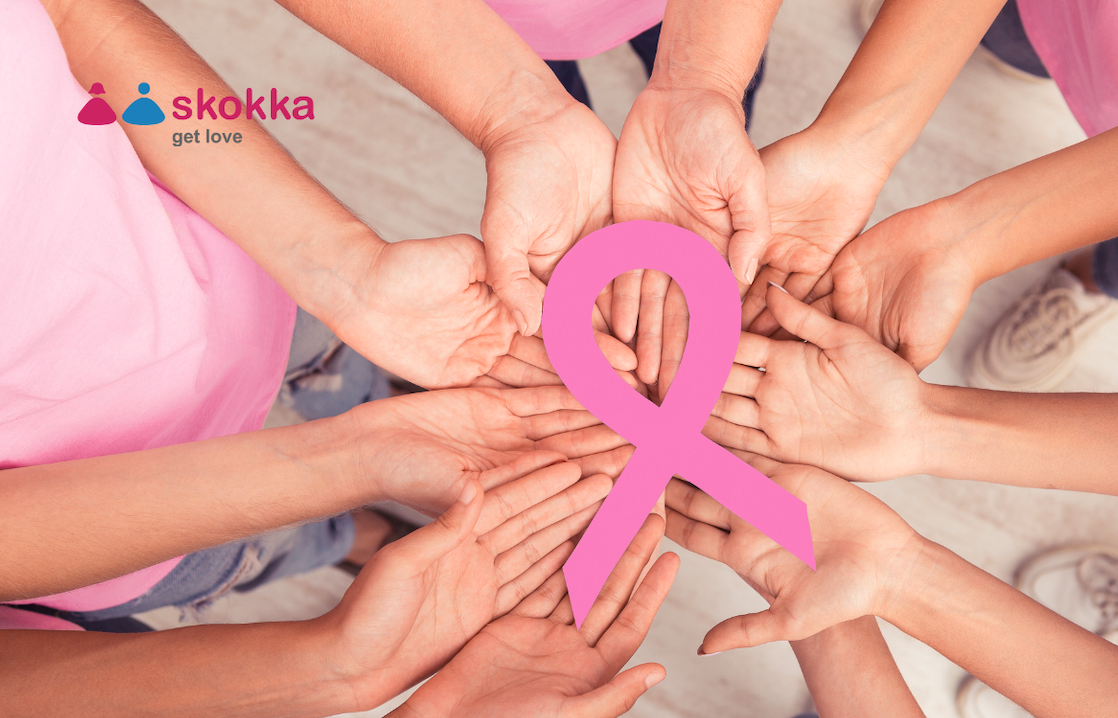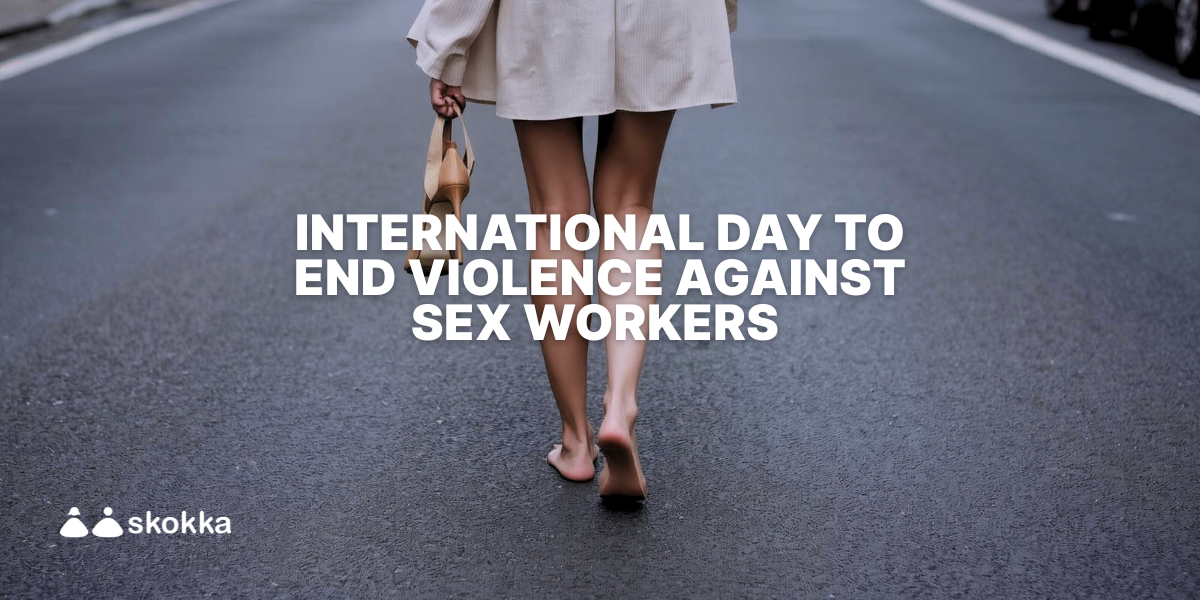As every October rolls around, the facades of town halls, official buildings, and even some companies are adorned with a huge pink ribbon.
The very same ribbon that dozens, hundreds, and thousands of people use as their profile picture on social media or pin to their jacket lapels.
The Pink October campaign began in 1990 in the United States.
However, its mission has spread around the world to raise awareness, especially among women, of the importance of prevention and early diagnosis of breast cancer, which is why October will always be pink.
At Skokka, we agree that it is crucial for businesses to act as role models, lead by example, and positively influence the world around them, so joining this initiative is the first step in the fight against this disease.

Pink october is about truly inspiring people to unite for great causes.
According to the World Health Organization, breast cancer is the second most common cancer, with an estimated 2.2 million cases diagnosed in 2022, second only to skin cancer.
Approximately 95% of those affected are women over the age of 40. About one in every 12 women will develop breast cancer in their lifetime.
However, men can also be diagnosed with breast cancer, accounting for about 1% of those affected each year. But there is hope.
What is breast cancer?
Cancer starts when cells that the body doesn’t need form or when the body doesn’t get rid of old or damaged cells. Extra cells often form a lump, growth, or tumor. A tumor can be “malignant,” meaning it’s cancerous, or “benign,” meaning it’s not cancerous.
Breast cancer is a type of cancer that begins in breast tissue. It occurs when a lump or growth forms in the breast.
The type of cancer depends on where the growth starts, whether it spreads beyond the breast, and where it spreads to.
Typically, breast cancer starts in the ducts that carry milk to the nipple, and some cancers also begin in the glands that produce milk.

It can spread to lymph nodes, the liver, lungs, bones, and the brain. In rarer cases, it can start in the skin and lymph nodes around the nipple.
Depending on these factors, treatment can vary from radiation therapy to surgery. Women should know their breasts and perform regular self-examinations.
If any of the following symptoms occur, they should consult their doctor:
A lump or thickened area A change in size or shape Changes in the skin, such as the appearance of eczema Nipple retraction Warning signs in men: While breast cancer in men is rare, it is more deadly because it is less understood.
Men have the same ducts and glands as women, although they don’t function the same way.
Men develop breast cancer in the same manner as women.
The warning signs of breast cancer in men are similar to those shown in women. This can include a lump, unusual skin or nipple color, strange skin texture on the breast, or nipple discharge.
Warning signs can be detected through breast self-examinations. Check for lumps and tenderness near the armpit or nipples, and see if there is a change in texture and an increase in pore size.
Some easier-to-spot signs would be a change in breast shape or size. Look for dimples, swelling, redness, inverted nipples, or a significant size difference between one breast and the other. When this happens, it’s best to contact your doctor or another healthcare professional.
Early detection increases treatment options and the likelihood of survival.
At Skokka, we aim to raise awareness about the importance of breast cancer prevention and early detection. Early detection is key! When breast cancer is found in its early stages, the five-year survival rate is 100%.
Make sure to perform a breast self-exam once a month and look for the signs mentioned earlier in this article. Women aged 45 to 54 should have annual mammograms to detect breast cancer.
Before that age, mammograms are optional unless a person has a higher risk. Starting at age 55, mammograms should be done every two years. Living a healthy lifestyle can reduce the risk of developing breast cancer.
This includes exercising, maintaining a healthy diet, not smoking, and limiting alcohol consumption. Exercise helps maintain a healthy weight and strengthens the immune system. Having a low-fat diet with plenty of fruits and vegetables reduces the risk; a high-fat diet triggers the production of estrogen (the female hormone), which can promote tumor growth.
Smoking is a well-known risk factor for all types of cancers, but in 2012, it was confirmed as a factor for breast cancer. Regarding alcohol consumption, research has shown that having one drink a day slightly increases the risk.

Remember! “Pink is more than just a color.”
With this movement, we aim to highlight all that has been achieved on an international level and all that remains to be done.
At Skokka, we want to create awareness about health and well-being, for ourselves and the community we live in. Skokka is here to be your companion on this journey, guiding you toward a horizon of success and safety. Let’s fight together!







Pink October: Prevention That Saves Lives - Skokka Official Blog
1 October 2025 at 19:24
[…] oneself and others. That’s why, on this October 1st, we want to join the global movement known as Pink October, or Breast Cancer Awareness […]